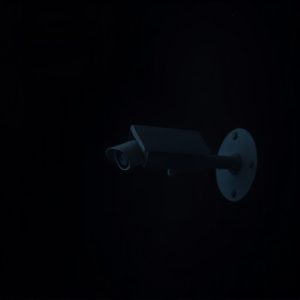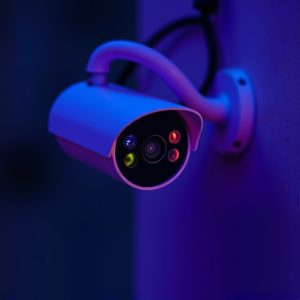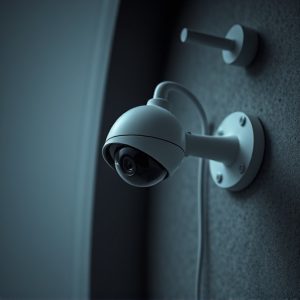Hidden Security Cameras: Unveiling Technology, Common Uses, and Privacy Concerns
Hidden security cameras, disguised as everyday items, offer advanced surveillance with night vision,…….
Hidden security cameras, disguised as everyday items, offer advanced surveillance with night vision, motion sensors, and wireless viewing, making them a preferred choice for personal and professional security due to their discreet design. Used in homes, businesses, and public spaces, they enhance safety but raise legal and ethical concerns regarding privacy rights, requiring responsible and legal usage.
Hidden security cameras, often referred to as covert surveillance devices, have become increasingly prevalent in our world. This technology allows for discreet monitoring, offering enhanced security in various settings. From homes and businesses to public spaces, these cameras provide peace of mind but also raise important privacy concerns. Understanding their capabilities, common applications, and legal implications is crucial in navigating this evolving landscape of hidden surveillance.
Understanding Hidden Security Cameras: Unveiling the Technology
Hidden security cameras, also known as covert or concealed cameras, are a sophisticated technology designed to provide discreet surveillance. These innovative devices are engineered to be nearly invisible, blending seamlessly into their surroundings. They come in various forms, from small, portable models that can fit in a potted plant to more advanced, high-resolution cameras disguised as everyday objects like lightbulbs or smoke detectors.
The technology behind hidden security cameras has evolved significantly over the years. Modern versions often feature infrared capabilities for night vision, motion sensors to trigger recording, and wireless transmission options for easy viewing on mobile devices. This advanced functionality makes them a popular choice for both personal and professional security needs, offering peace of mind and valuable surveillance footage in unexpected or sensitive environments.
Where Are They Used and Why? Exploring Common Installations
Hidden security cameras, also known as covert surveillance cameras, are used in a variety of settings for various reasons. Their primary function is to provide discreet monitoring and security, allowing users to capture footage without raising suspicion. These cameras find applications in both personal and professional spheres. In homes, they can be installed to deter burglaries or monitor the safety of children and elderly members. Businesses use them for loss prevention, ensuring secure environments by detecting and deterring theft and misconduct.
Common installations include discreet placement near entry points like doors and windows, in offices to monitor high-traffic areas or sensitive information zones, and even within retail stores to track customer behavior and prevent shoplifting. They can also be found in public spaces, such as parks and transportation hubs, for general surveillance and safety purposes. The use of hidden security cameras has become increasingly prevalent due to their ability to offer 24/7 monitoring, enhancing overall security measures.
Legal and Ethical Considerations: Navigating Privacy Concerns
The use of hidden security cameras raises significant legal and ethical questions surrounding privacy rights. In many jurisdictions, installation and operation of such devices without consent are illegal, particularly in areas like homes, offices, or public spaces where individuals expect a reasonable level of privacy. The legality varies based on specific regulations, with some places permitting their use for security purposes but strictly regulating the collection, storage, and dissemination of footage.
Ethically, hidden cameras pose a delicate balance between enhancing safety through surveillance and infringing upon personal privacy. They can be powerful tools in preventing and solving crimes, but their pervasive nature can foster a sense of distrust and paranoia. It’s crucial for users to consider the potential impact on individuals captured on camera and ensure that any use respects privacy boundaries while adhering to legal frameworks governing hidden security cameras.


